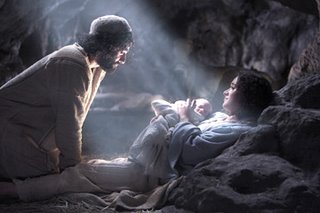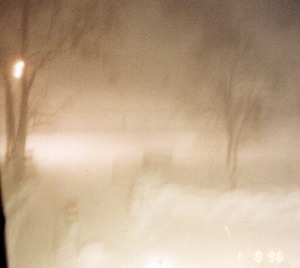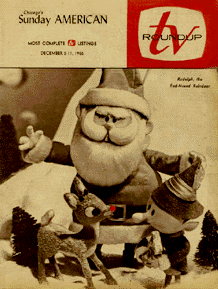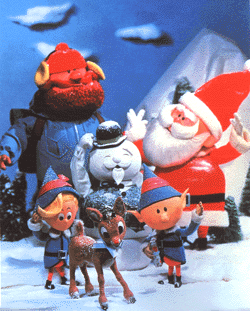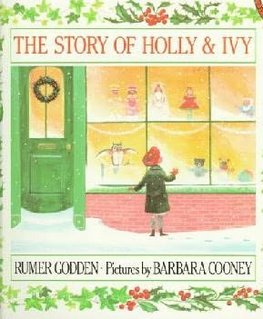When All Was Bell
[This post follows December 10th in the sequence.]
In this world of ever-jingling-chirping-singing cell phones, one could forget that until the late 20th Century all phone calls came through small barbells attached by wires to a wall in your house, and no phone had ever been misplaced by its owner. For over a hundred years virtually every line and phone (and pay phone) from coast to coast was part of something called The Bell System.

Well after the 1984 anti-trust “break up” of Bell’s monopoly, their proprietary long-distance service and over 30 million of their phones remained in use. In 1979, anticipating its divestiture, Bell began making the most of the new playing field with a long and successful campaign of Hallmark-like commercials that told us to “Reach out and touch someone.”
The familiar song said, “Wherever you are / you’re never too far / to show someone that you care.” Oh, for the days when unexpected “special” calls came in the privacy of your own home. Today such cell-phone calls are so common and etiquette is so lacking that most people want to “reach out and slap someone”—unless of course, it’s their purse or pocket that’s ringing.
Today the telephone industry is a hodge-podge of buy-outs and mergers that is more confusing than ever, but before all this "Can you hear me now?"—back in the heyday of communication network that Bell created—my dad began a life-long career with Michigan Bell Telephone Company.
My mom had a crush on my dad since tenth grade, but it wasn’t until she graduated (in 1948, a year after him) that she let him know it. Dad was working way up a telephone pole and caught her eye. She crossed the street and walked slowly past him far below. The conversation was limited—what with Dad being shy and surrounded by the high-voltage wires at the time—but he eventually came down, and some time later he asked her out. The rest, as they say, is history.
They were married in 1951, and Dad kept working his way up in Bell. In Port Huron he was climbing poles. In 1960, he took a transfer to Bell headquarters in Detroit and was soon in upper management (which he did not enjoy*). Then after earning what amounted to a “masters degree” in data technology his career turned to the growing world of industrial computers. This was in the late Seventies (the last decade before personal computers [PCs like the one you're using now] became commonplace).
[*Not until we were adults and Dad had taken a generous early retirement in 1985, did he confess that he disliked his years in management. I was home on Christmas Break and we sat on the couch discussing my job not his. “There’s a kind of boss,” he explained, “who always gets what he asks for from employees but fails to see that he never gets what he truly wants.” While I’ve never forgotten that conversation, I’m afraid I’ve sometimes forgotten to model the value of “working toward shared goals as a team” rather than “doing precisely but only as told.” The first style of management inspires thinking, collaboration, and higher-than-expected outcomes; the latter prompts institutions or individuals whose first goal is avoiding consequences. The secular world calls it CYA, which stands for “Cover Your Anticipated causes for getting yelled at” (or something like that).]
A few years after retiring from Bell, Dad was hired by Ross Perot as a full-time consultant to help oversee computer installations for a new company called EDS. (This was long before Perot’s quirky presidential bid.) When Ross Perot first met my father in person at the grand opening of the first EDS facility in Detroit, Perot’s eyes twinkled and he smirked, “Like your hair cut.” (They both wore crew cuts.)
During the last twenty years of his "salaried career," my father lived a double-life. He was not in the CIA (though sometimes his work seemed like it), but when he pulled his Bell car into the driveway and took off his tie... he became a different guy, a backwoodsman cabin builder who rarely talked about his day job with us kids. It was great.
My father died in 1995. I don't share this background just to brag on him. Understanding what he did and how well he did it is very important to the next chapter of this epilogue. The year I was first aware of the nature of my father's "other life" and his sought-after skills was 1967.







 His mastery of words is legendary. There is just enough "narrative" in this new film to showcase the beauty of language and the importance of words like "terrific" and "humble." If you like this great 20th Century fable—you'll love its treatment in this movie. Be sure to get this book and read it aloud to all of your favorite listeners. The
His mastery of words is legendary. There is just enough "narrative" in this new film to showcase the beauty of language and the importance of words like "terrific" and "humble." If you like this great 20th Century fable—you'll love its treatment in this movie. Be sure to get this book and read it aloud to all of your favorite listeners. The 
